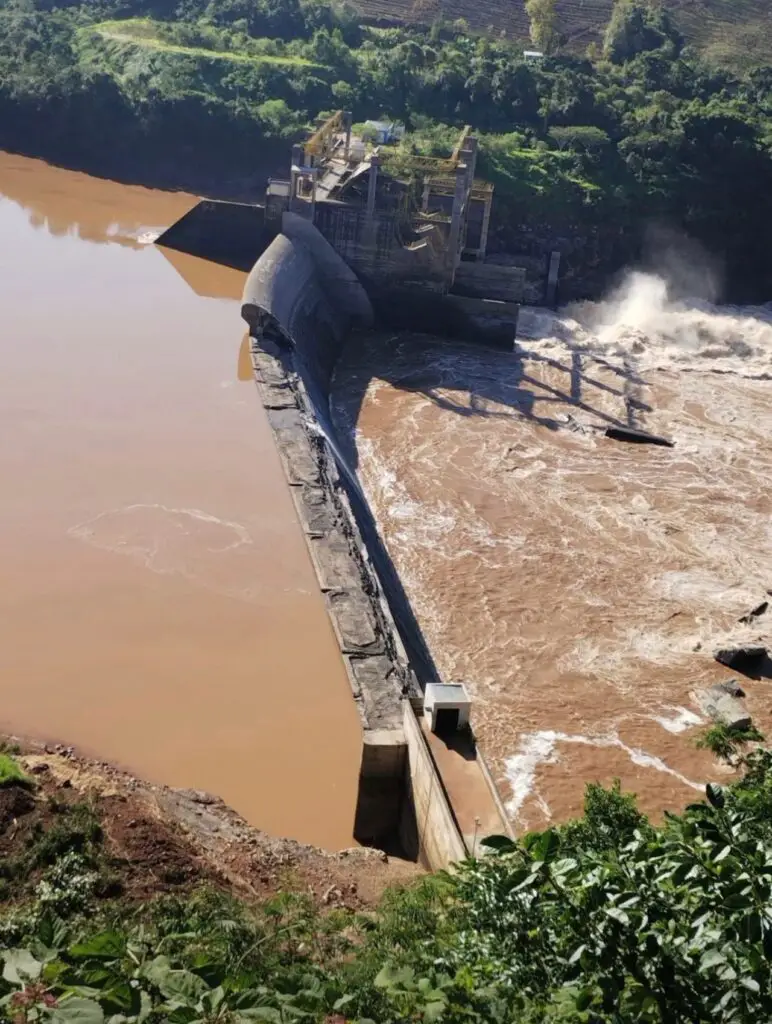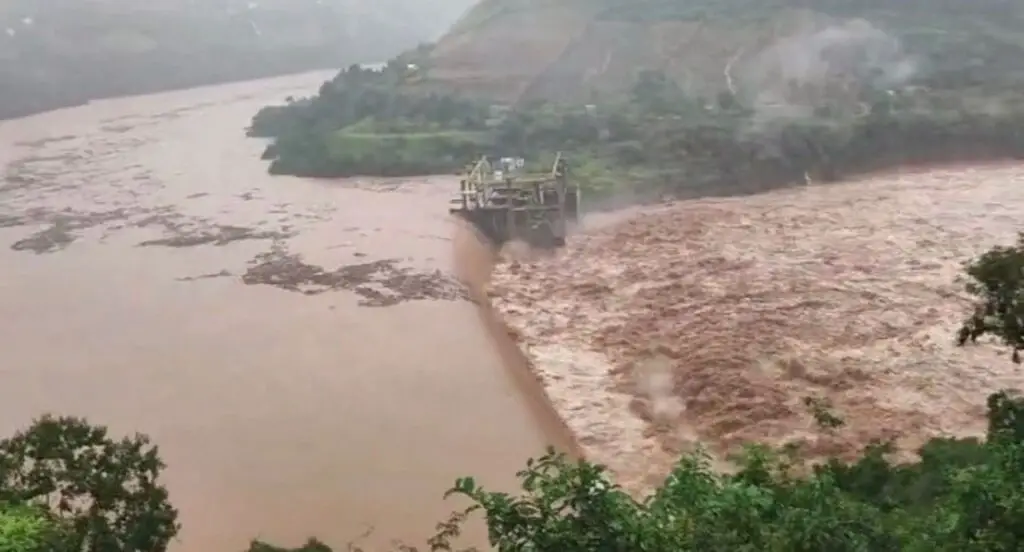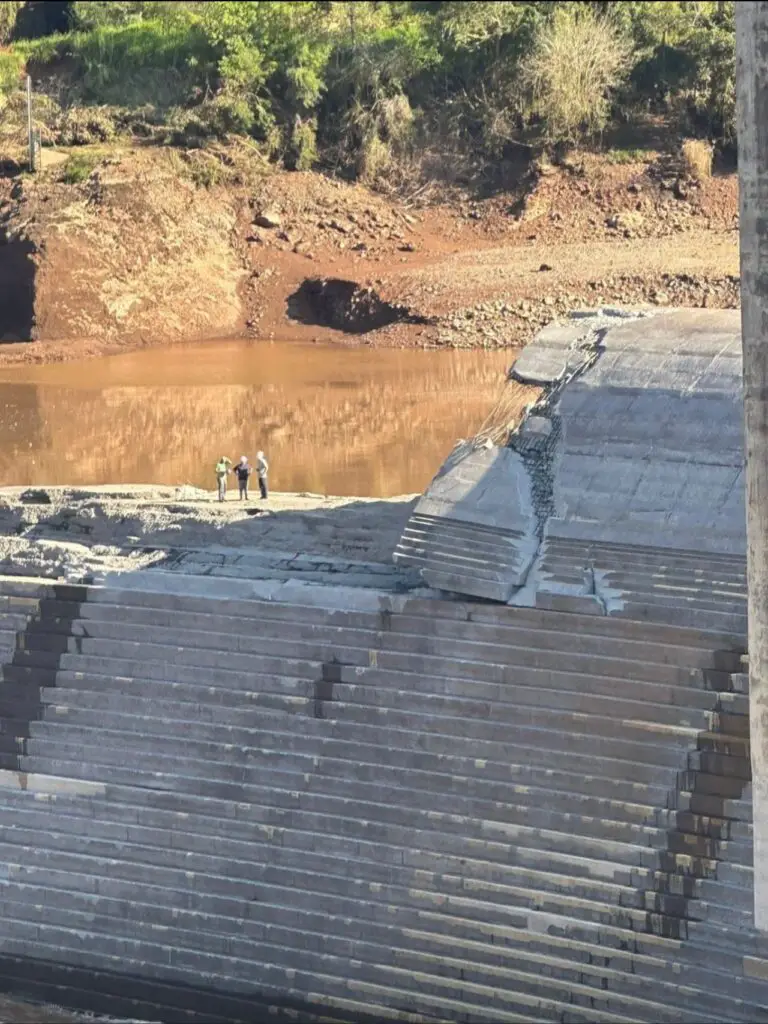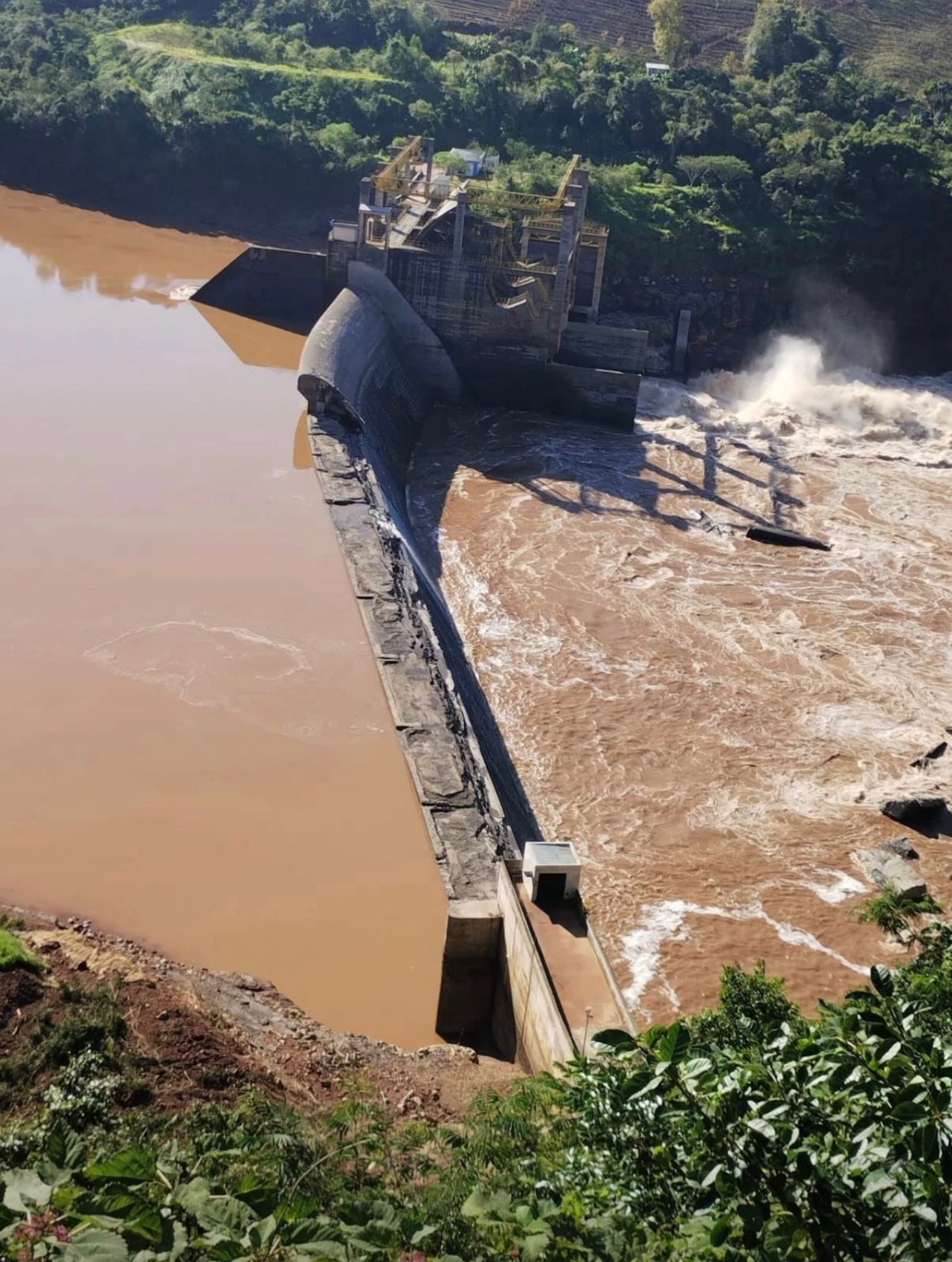The horrific collapse of the Hydroelectric Power Plant (HPP) dam in Rio Grande do Sul, Brazil, serves as a heartbreaking reminder of the critical need for robust dam safety measures.
This disaster, which claimed several lives, compels us to learn from this tragedy and implement changes to prevent future occurrences.

Key Lessons: Strengthening Dam Safety
⚠️ Prioritization is Key: Disasters like the HPP dam collapse highlight the importance of prioritizing dam safety throughout a dam’s lifecycle. This includes:
- Potential Failure Mode Analysis (PFMA): Proactively identifying weaknesses and potential failure scenarios through PFMA is crucial. This analysis considers various factors like earthquakes, floods, and design flaws, helping to establish mitigation measures [1].
- Rigorous Dam Inspection: Regular inspections by qualified professionals are essential for detecting issues like cracking, seepage, or foundation movement. These inspections should be conducted according to established dam safety guidelines [2].
- Continuous Monitoring and Surveillance: Implementing a comprehensive dam monitoring and surveillance program allows for real-time data collection. This data, which can include water levels, movement, and stress on the dam structure, can warn of potential problems before they escalate [3].
- Emergency Preparedness Planning: Having a well-defined emergency preparedness plan in place is critical. This plan should outline evacuation procedures, communication protocols, and response strategies for different dam failure scenarios [4].
- Operation and Maintenance Planning: Proper operation and maintenance procedures are vital for dam safety. These procedures should address issues like water management, sediment control, and routine maintenance tasks [5].

Potential Root Causes: A Closer Look
Investigating the Cause: While the official cause of the HPP dam collapse is still under investigation, several factors could have contributed, including:
- Substandard Construction Materials: Using poor-quality materials during dam construction can significantly weaken its structural integrity.
- Flawed Design: Deficiencies in the dam’s engineering design can lead to vulnerabilities under pressure.
- Underestimated Design Flood: If the dam wasn’t designed to withstand the volume of water it experienced, it could have exceeded its capacity and breached.
- Construction Joint Issues: Improper preparation and connection between concrete layers during construction can create weak points susceptible to failure.
Early detection of these issues during a dam’s service life is critical. Regular inspections and monitoring programs can identify these problems before they become catastrophic.
Additional Considerations
- The Impact of Climate Change: Climate change is leading to more extreme weather events, including intense rainfall. Dam safety regulations and designs need to consider these evolving risks [6].
- Public Awareness: Educating communities living downstream of dams about dam safety measures and potential emergency procedures is crucial.
- International Collaboration: Sharing knowledge and best practices for dam safety across borders is vital to prevent future tragedies.
By prioritizing dam safety, conducting thorough investigations, and fostering international collaboration, we can learn from this disaster and prevent similar tragedies in the future.

References:
- [1] U.S. Army Corps of Engineers. (n.d.). Potential Failure Mode Analysis of Dams. https://www.rmc.usace.army.mil/About-the-Center/Fact-Sheets/
- [2] Federal Emergency Management Agency (FEMA). (2014). Dam Safety Inspection Guidelines. https://www.fema.gov/sites/default/files/documents/fema_rm-federal-guidelines-for-dam-safety.pdf
- [3] Committee on Dam Safety of the National Academies of Sciences, Engineering, and Medicine. (2020). Dam Monitoring and Surveillance Systems. The National Academies Press. https://nap.nationalacademies.org/catalog/289/safety-of-existing-dams-evaluation-and-improvement
- [4] Association of State Dam Safety Officials (ASDSO). (2021). Emergency Action Plans (EAPs) for Dams. https://damsafety.org/dam-owners/emergency-action-planning
- [5] International Commission on Large Dams (ICOLD). (n.d.). Operation, Maintenance and Rehabilitation of Dams. https://www.icold-cigb.org/
- [6] World Commission on Dams. (2000). Dam Failures and Incidents: A Global Perspective. Earthscan Publications Ltd.




















